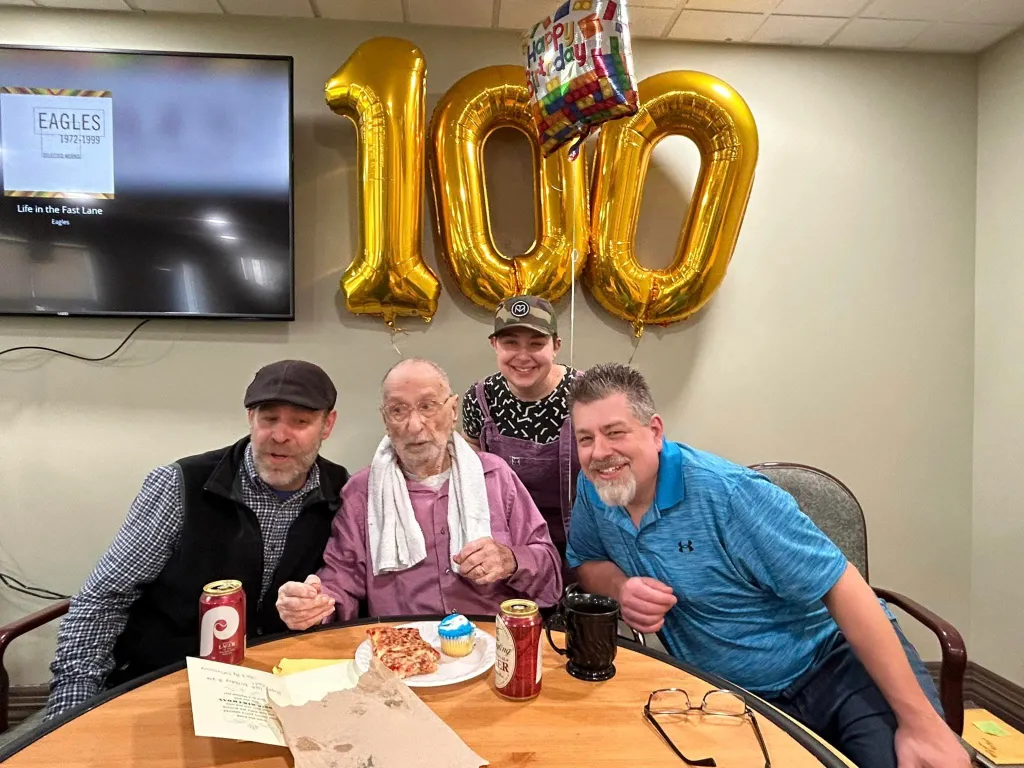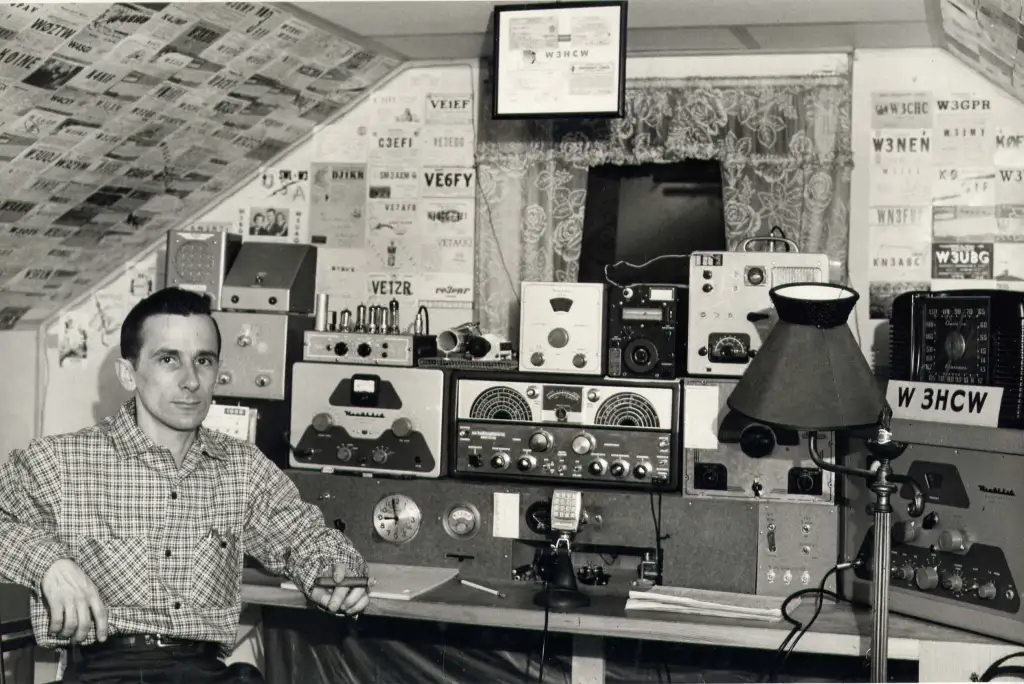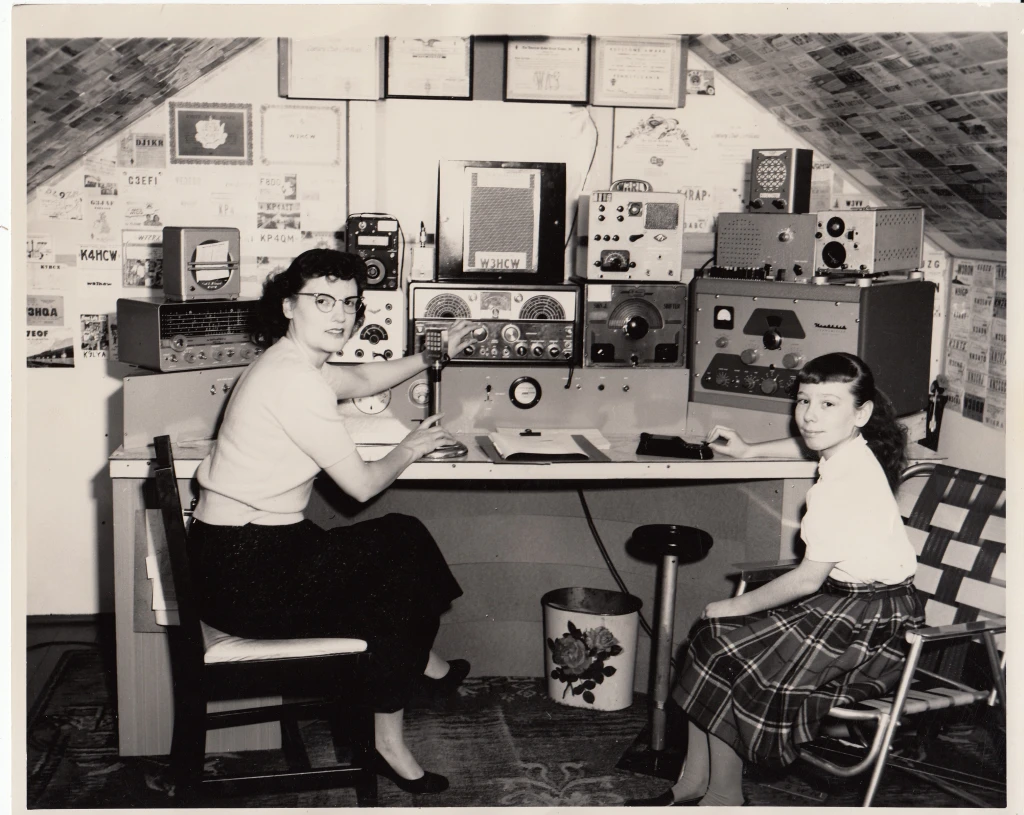 3G0YA in the log on 20m CW.
3G0YA in the log on 20m CW.
The other day I joined the 21st century loaded Ham Alert on my iPhone and set up Easter Island. On the first attempt to enter 3G0YA into HamAlert, I did not add a CW only and was flooded with digi and SSB spots. I managed to check out some YouTube videos and got that organized. Up to this point, I have been hit and miss using the DXheat cluster with no luck. I have never been able to hear them just the pileup they were working. Well, yesterday morning Ham Alert told me to head over the 20m, I did that and there they were but only at S1. I waited and then they bumped up to S4 and away my call went out onto the waves of opportunity.
In the past, I have been hoping so badly for a DXpedition station to hear me so felt I somehow heard part or all of my call. To only let down that I was not actually in the log once I checked. Hearing my call was only my ambitious imagination. This time when I dropped my call I was not sure if I heard or maybe imagined I heard my call. As Murphy would have it they went from S4 to S1 with their comeback to me. I listened and maybe heard again VE9KK 5NN.....so what the heck I tossed out my 5NN TU.
I continued to listen and wow for a few moments they were S6 or more so I tried again and this time I was sure I made it in the log. They called back "VE9", I tossed my call again and they came back "VE9KK 5NN" The funny thing was when I checked Clublog I found I was in the log the first time and it was not Murphy playing with me.
Mike Weir, VE9KK, is a regular contributor to AmateurRadio.com and writes from New Brunswick, Canada. Contact him at [email protected].
 So your a chatty Kathy………..Part 2
So your a chatty Kathy………..Part 2
Mike Weir, VE9KK, is a regular contributor to AmateurRadio.com and writes from New Brunswick, Canada. Contact him at [email protected].
 The May-June 2024 SARC Communicator Journal
The May-June 2024 SARC Communicator Journal
Heading into summer...
With another big issue. The May-June 2024 Communicator, digital periodical of Surrey Amateur Radio Communications is now available for viewing or download.
Read in over 150 countries, we bring you 120 pages of Amateur Radio content from the Southwest corner of Canada and elsewhere. With less fluff and ads than other Amateur Radio publications, you will find Amateur Radio related articles, projects, profiles, news, tips and how-to's for all levels of the hobby.
You can view or download it as a .PDF file:
Previous Communicator issues are at:
Search for past Communicator issues
and a full index is HERE.
As always, thank you to our contributors, and your feedback is always welcome.
The deadline for the next edition is June 15th.
If you have news or events from your club or photos, stories, projects or other items of interest from BC or elsewhere, please contact us at [email protected]
73,
John VE7TI
'The Communicator' Editor
 W3HC 100
W3HC 100
My grandfather, W3HC (ex-W3HCW), is 100 years old.
Grandson Kevin, Mac W3HC, great-granddaughter Eliza, grandson K3NG.
Grandson Kevin and W3HC having some 807s.
Mac (then W3HCW) in his shack in Williamsport, PA, USA sometime around 1956-57.
My grandmother, Gladys, K3JJN (SK), and my mother, Sherry, who passed away in 2000. Photo from around 1959 or 1960.
Mac in Whales, WWII, 1945.
Anthony, K3NG, is a regular contributor to AmateurRadio.com.
 Ham College 112
Ham College 112
Ham College episode 112 is now available for download.
Extra Class Exam Questions – Part 50
E9H Receiving Antennas: radio direction finding antennas, Beverage antennas, specialized receiving antennas, long-wire receiving antennas.
George Thomas, W5JDX, is co-host of AmateurLogic.TV, an original amateur radio video program hosted by George Thomas (W5JDX), Tommy Martin (N5ZNO), Peter Berrett (VK3PB), and Emile Diodene (KE5QKR). Contact him at [email protected].
 Data on Amateur Radio Operating Habits
Data on Amateur Radio Operating Habits
Most active hams know many other radio hams and we think we have a handle on what ham radio activity is occurring. But our look into the hobby is limited by who we hang out with and the sources of information we consume. Also, we can see that the ham population is aging which is going to have a significant effect on amateur radio activity but we may not have any reliable data.
In general, the amateur radio community lacks publicly available data on amateur radio operating habits and demographics. So I was excited to see the Operating Patterns Among Canadian Amateurs authored by my friend Frank Howell, K4FMH. This report analyzes the survey of Canadian hams done by Radio Amateurs of Canada (RAC) in 2021. Frank is a Real Researcher, so he applies generally accepted statistical techniques to aid in understanding the data. I would have preferred a study of US radio amateurs, but it seems reasonable that the operating habits of Canadian hams would be similar to US hams (and perhaps a good proxy for other developed nations). Anyway, it is the data we have and it is probably useful. I encourage you to download the report and read it for yourself, but I’ll comment on three findings from the report that strike me as significant.
Digital is really popular
The figure below is a chart that shows the popularity of different operating activities. No surprise, Casual Operating and Traditional Voice Modes score very high. But number three is Digital Modes, almost as high as Traditional Voice Modes. Depending on your operating habits, you may be thinking “well,of course, digital is very popular” but others may think “really, people like doing that?” The report also points out that digital operation is correlated with age, with younger hams using digital more than older folks.
 Ham careers can start at any age
Ham careers can start at any age
Another interesting finding is that the classic stereotype of “young person discovers radio and pursues it as a lifelong hobby” is not universal. The report shows that people enter the hobby at a variety of ages and then pursue it with varying intensity. Quoting the report:
Thus, these data illustrate that our conventional image of the amateur who gets licensed early in life and maintains that hobby activity throughout is largely a stereotype. Although it is one based upon real-world examples who fit it ideally.
I see this when teaching Technician license classes. The ages of our students typically span a wide range, including youth, but many of them are over 40 years old, entering the hobby later in life. In addition, we have quite a few students around retirement age (60 or so) looking for an activity to engage in during retirement.
The ham population is aging
You are probably thinking: duh, of course it is aging. The report puts some numbers on it, comparing it to the general population in Canada (see figure below).
 Clearly, the ham population is over-represented in the age groups above 50 years. Often, the conventional thinking is “we have to get the kids involved,” which is a worthy thing to do. However, the report warns us that this won’t be enough:
Clearly, the ham population is over-represented in the age groups above 50 years. Often, the conventional thinking is “we have to get the kids involved,” which is a worthy thing to do. However, the report warns us that this won’t be enough:
This pattern has two clear implications for amateur radio in Canada. One is that the age groups of 60-80 years of age, now dominating amateur radio as the RAC Survey suggests, will simply disappear as they age-out to infirmity or becoming Silent Keys. Yet, their non-ham radio peers are scheduled to grow in number. (A recruitment focus on late-in-life hams is a clear policy for RAC to consider.) A second implication is that teens will be a relatively scarce recruitment commodity in terms of the age pyramid. There will simply not be enough of them to replace those Baby Boomers now dominating the hobby, regardless of the recruitment resources directed toward them.
This is not a call to give up on recruiting youth:
This should not be misconstrued to suggest that it would be a waste of time to expose young people to amateur radio as a recruitment method.
More to consider
This post highlights three findings that I found to be interesting. There is much more information included in this report and I encourage you to read and ponder it. I’d certainly like to see more of this kind of work published, especially for the ham population in the US, Europe and Japan. I find the demographic analysis compelling, indicating that we will see a decline in the number of radio hams in the next decade or so. We can probably reduce this decline but not stop it (my opinion, worth at least what you paid for it.). Perhaps the way to think about the challenge is to focus on having a smaller but more vibrant and active amateur radio community in the future.
These are my thoughts for today.
What do you think?
73 Bob K0NR
The post Data on Amateur Radio Operating Habits appeared first on The KØNR Radio Site.
Bob Witte, KØNR, is a regular contributor to AmateurRadio.com and writes from Colorado, USA. Contact him at [email protected].
 Amateur Radio Weekly – Issue 329
Amateur Radio Weekly – Issue 329
A heavy sad heart
MFJ is ceasing its on-site production.
MFJ Enterprises
A QSL card revival for the 21st century
No printing involved. No mailing involved. No cost involved.
Ham Radio Outside the Box
Making an AllStarLink node with the URC
The following guide covers the steps to modify the Universal Radio Controller (URC) to use in an AllStarLink node.
G1LRO
QRadioLink
A GNU/Linux multimode (analog and digital) SDR (software defined radio) transceiver application using the Internet for radio to VOIP bridging (radio over IP), built on top of GNU radio.
QRadioLink
Radio frequency burns, flying a kite, and you
At half the signal’s wavelength, an antenna that long would capture plenty of energy from the nearby broadcast antenna.
Hackaday
DX-peditions collection
The California Historical Radio Society contributed this collection of DX-pedition material to the Digital Library of Amateur Radio and Communications.
DLARC
Trying a $15 70cm transceiver
Browsing Amazon I noticed a pair of 446MHz transceivers for $30 and I wondered what you get.
Marxy’s Musing on Technology
How to make emoijis in VarAC
Modify the VarAC.ini file.
PE4BAS
Excellent video series on RF amplifier design
A six part video series on how to design an HF 50 watt RF linear amplifier.
SolderSmoke
Video
Introduction to the Remote Radio Unit
Open source full duplex transceiver with RF isolators.
M17 Project
Watch electricity hit a fork in the road at half a billion frames per second
Measuring a wave of electricity traveling down a wire, and answer the question – how does electricity know where to go?
AlphaPhoenix
Get Amateur Radio Weekly in your inbox.
Sign-up here
Amateur Radio Weekly is curated by Cale Mooth K4HCK. Sign up free to receive ham radio's most relevant news, projects, technology and events by e-mail each week at http://www.hamweekly.com.





















